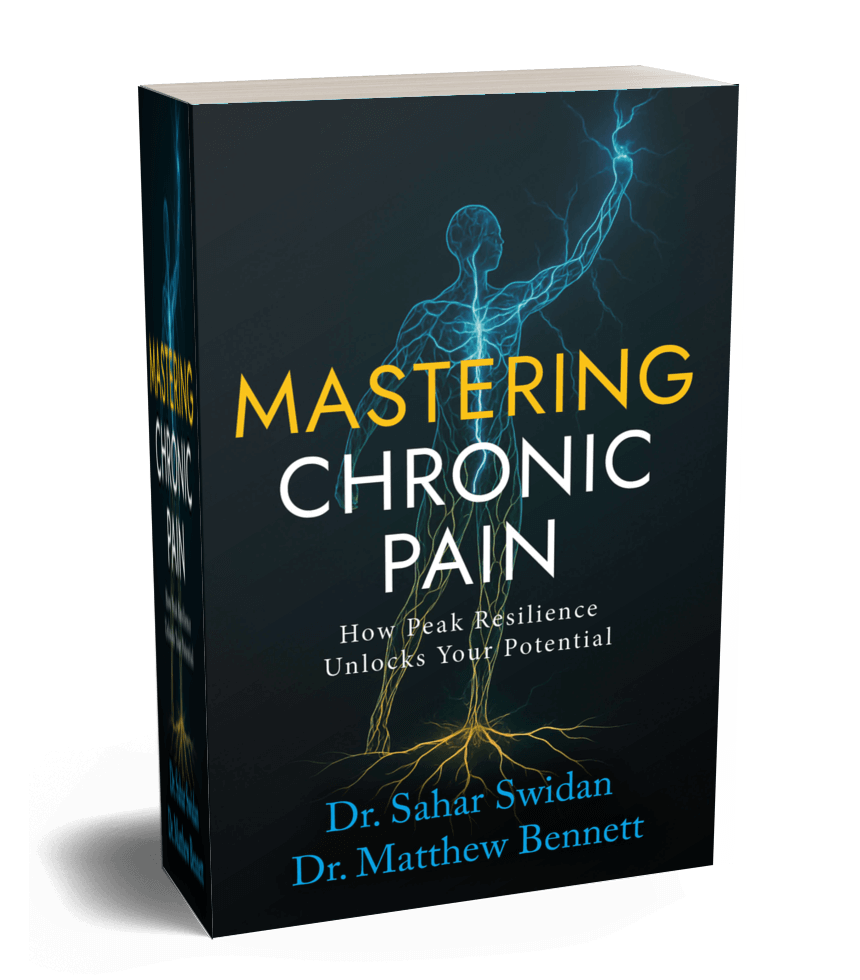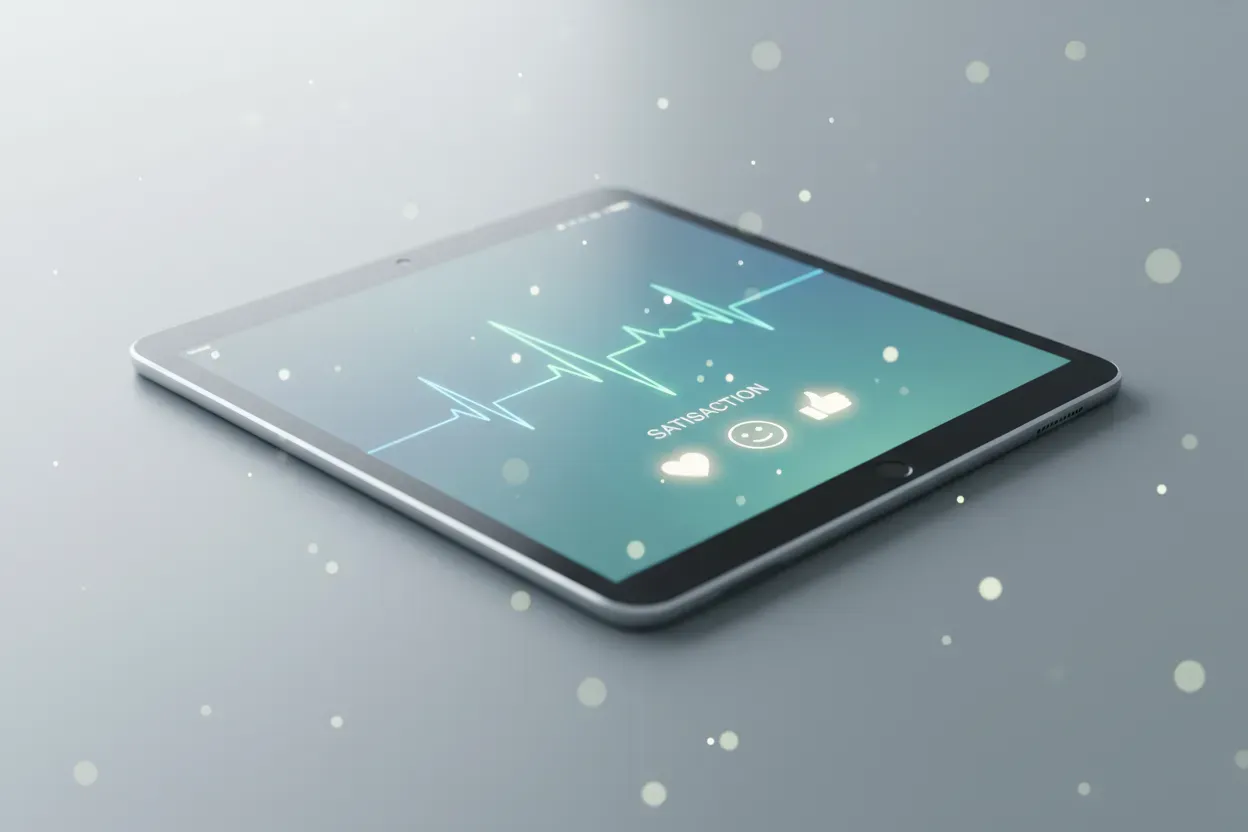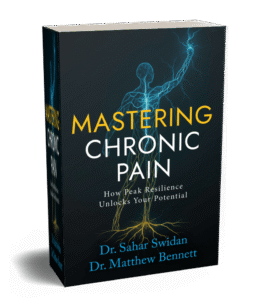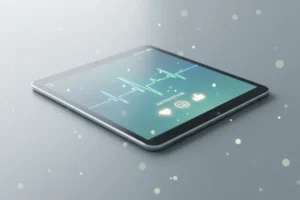A new generation of AI tools is eliminating the most tedious part of clinical documentation, and it’s happening without a single API integration.
The numbers tell the story: one-third of physicians spend 20 hours per week on paperwork and administration, while nearly 50% of physicians report symptoms of burnout. For small practices, especially, the burden is crushing. They generally lack the IT resources of large health systems, leaving clinicians to navigate EHRs with clunky interfaces and broken integrations.
But a major shift is happening in how clinicians interact with these systems. Instead of learning to be better software users, AI is learning to use software for them, a breakthrough that could change everything about clinical workflows.
Freed, an AI scribe that has grown to 25,000 paying clinician users in just two years, just launched EHR Push, an AI agent that interacts directly with web-based EHRs and transfers clinical notes without requiring APIs, integrations, or IT support. Clinicians testing the feature report that it has already transformed their daily routines. As one Freed customer, Dr. Sam Broffitt, puts it: “The EHR push is a wonderful time-saving measure, which is continuing to make my work life easier by reducing the ‘cut and paste’ that I had to do previously. It is so much more fun and fulfilling to finally be able to practice medicine the way I have always wanted to.”
Beyond Documentation: The Agent Revolution
What makes EHR Push significant is more than just the time savings; it also demonstrates that AI agents can navigate existing clinical software without the need for APIs or complex integrations. This represents a major shift from building better interfaces to bypassing interfaces entirely.
The broader implications of this type of agentic technology extend far beyond healthcare. Consumer productivity tools like Notion AI are already orchestrating tasks across multiple applications without human intervention. Freed’s success in healthcare, processing nearly 3 million patient visits per month, demonstrates that agents can work reliably, even in a regulated, high-stakes software environment.
“I founded Freed after watching my wife spend weekends drowning in patient notes,” says Erez Druk, Freed’s CEO and co-founder. “Clinicians tell us every day that the EHR is the hardest part of their job, and smaller practices rarely have the luxury of IT teams or big budgets for consultants. AI is transforming what’s possible for clinician workflows, especially for smaller practices.”
He added, “With EHR Push, setup takes minutes and requires no technical work — and the hours saved each week help clinicians focus on what matters most: delivering excellent care while finding more balance in their lives.”
How It Actually Works
The technical implementation is deliberately simple from the clinician’s perspective. According to the company, after recording a patient visit and generating a note in Freed, clinicians click a button to activate EHR Push. The Chrome extension then navigates through the practice’s web-based EHR within the browser. The agent then maps structured sections of the note to the correct fields in the chart and inserts them into the appropriate sections.
The system maintains enterprise-grade security throughout, handling each interaction in a HIPAA-compliant manner. Every agency action is logged with timestamps, an audit trail, and field-level tracking, allowing administrators to review exactly what changed and when.
For small practices, the impact is immediate. Traditional EHR integrations can take weeks to implement and require ongoing IT support. EHR Push can be installed in minutes, with no vendor coordination required.
The Economics of Agent-First Healthcare
The time savings compound quickly. Freed users report saving an average of 11 hours per week in manual transcription and note organization tasks. When multiplied across a practice, these recovered hours translate directly to reduced evening and weekend work, improved work-life balance, and potentially increased patient capacity.
Since launching in 2023, Freed has saved clinicians over 2.5 million cumulative hours. The company’s growth reflects high demand: 4x year-over-year ARR, driven by word-of-mouth adoption among clinicians rather than traditional healthcare sales cycles.
What This Means for Healthcare Technology
EHR Push represents a new model for healthcare technology adoption. Instead of waiting for EHR vendors to build integrations or for health systems to negotiate contracts, individual clinicians can deploy sophisticated automation immediately.
This democratization of advanced technology capabilities could reshape competitive dynamics in healthcare software. When AI agents can operate within any web-based EHR, switching costs drop dramatically. Vendor lock-in becomes less powerful when agents can navigate new systems as easily as old ones.
The technology also suggests how other administrative burdens might be addressed. As Druk explains: “Over the next 12–24 months, we’ll expand agentic workflows into chart hygiene, structured data capture, and order prep — always with safety and auditability built in.”
He added, “The milestones we hold ourselves to are clear: GA with enterprise‑grade SLAs, clinician adoption and retention, and scale from thousands to tens of thousands of daily agent sessions. Hitting those gives us the conviction to keep investing in the agentic platform clinicians are asking for.”
Looking Forward
EHR Push may be remembered as the moment when AI agents moved from experimental to essential in healthcare workflows. The combination of reliability, security, and immediate deployment addresses the core barriers that have prevented sophisticated automation from being adopted by individual practices.
For clinicians drowning in documentation requirements, the promise is straightforward: finish clinic, and walk to your car with nothing left to chart.













